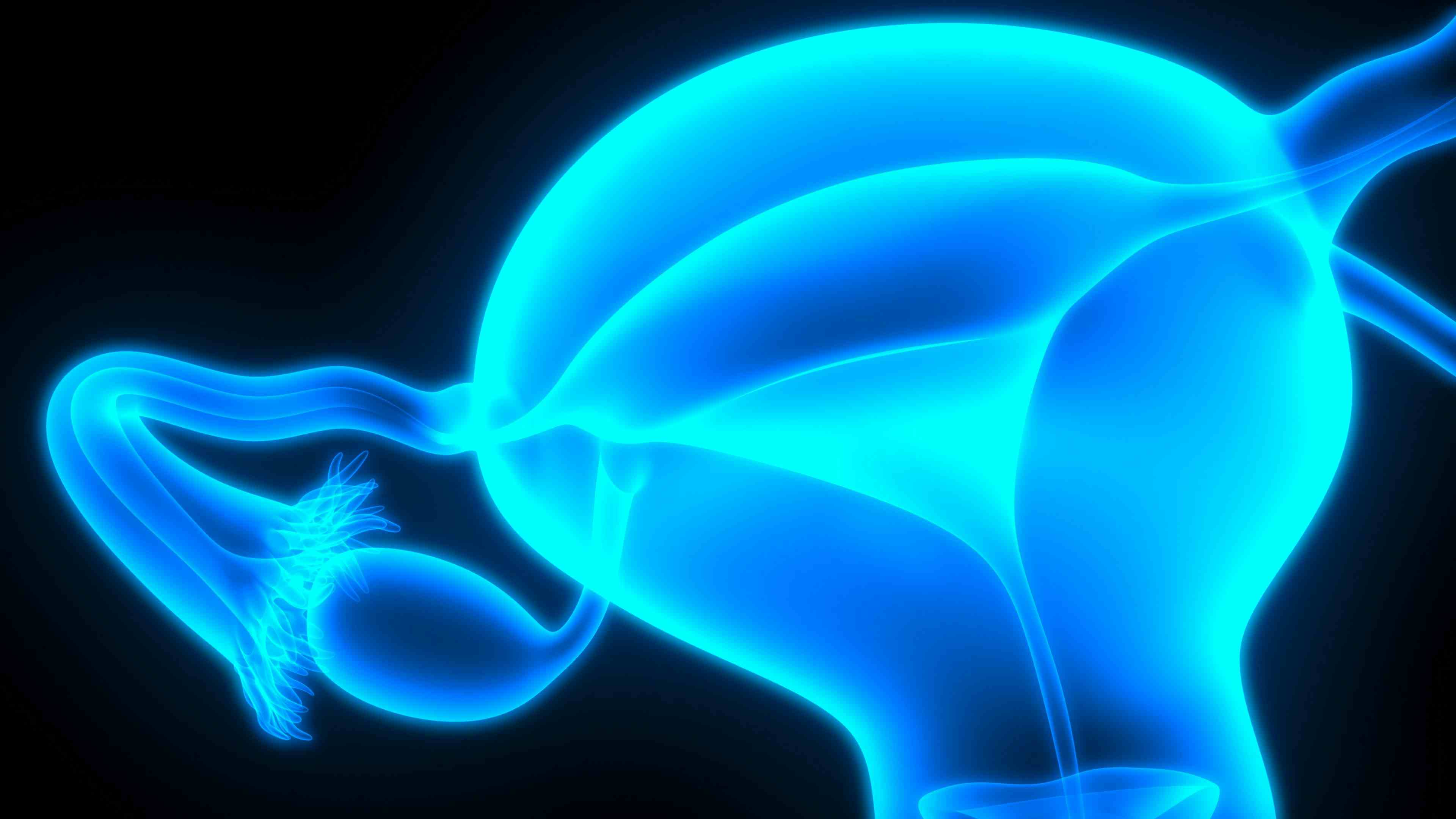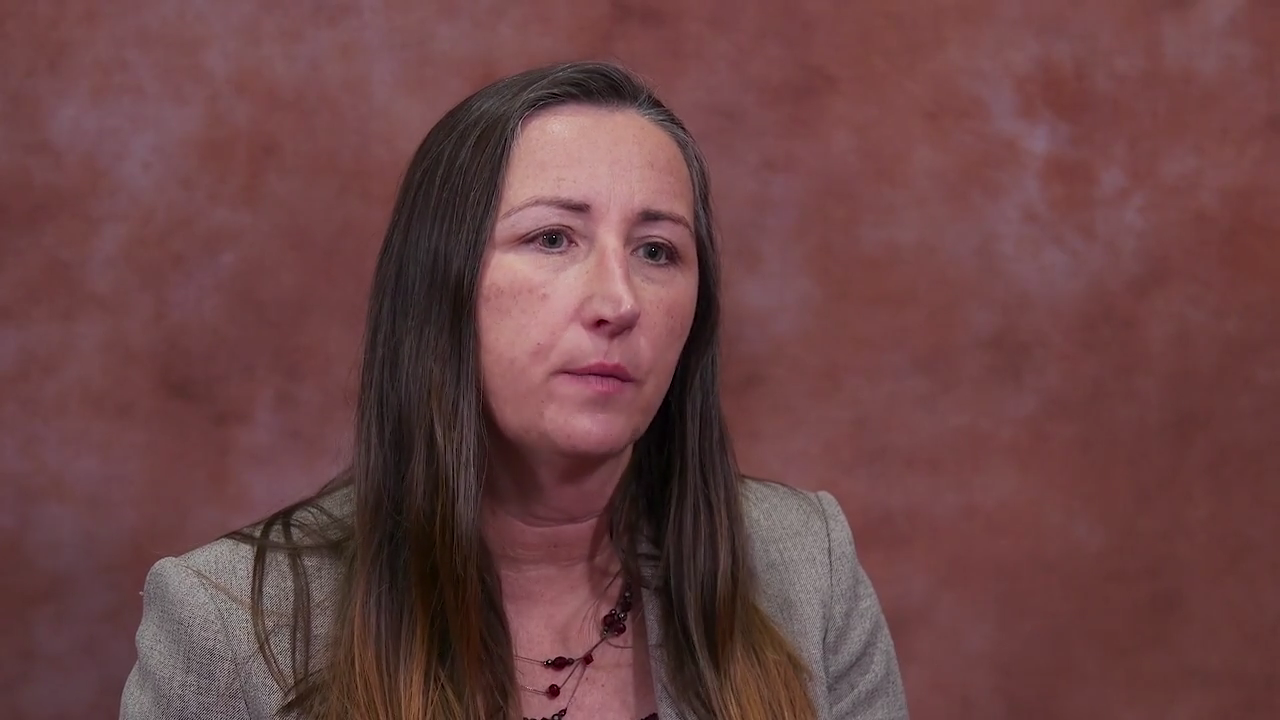FDA Grants Accelerated Approval to Naxitamab-gqgk Combo for the Treatment of Neuroblastoma
The FDA granted accelerated approval to naxitamab-gqgk (Danyelza) in combination with GM-CSF for the treatment of pediatric patients 1 year of age and older and adult patients with relapsed or refractory high-risk neuroblastoma in the bone or bone marrow who have demonstrated a partial response, minor response, or stable disease to prior therapy.
The FDA has granted accelerated approval to a 40 mg/10 ml dose of naxitamab-gqgk (Danyelza) in combination with granulocyte-macrophage colony-stimulating factor (GM-CSF) for the treatment of pediatric patients 1 year of age and older and adult patients with relapsed or refractory high-risk neuroblastoma in the bone or bone marrow who have demonstrated a partial response, minor response, or stable disease to prior therapy, according to Y-mAbs Therapeutics, the developer of the agent.
Naxitamab-gqgk is administered to patients 3 times in a week in an outpatient setting and the treatment is repeated every 4 weeks. The humanized, monoclonal antibody specifically targets the ganglioside GD2, which is highly expressed in various neuroectoderm-derived tumors and sarcomas.
The accelerated approval of naxitamab-gqgk was based on overall response rate (ORR) and duration of response (DOR) observed in 2 pivotal studies in patients with high-risk neuroblastoma with refractory or relapsed disease. However, continued approval for this indication may be dependent upon verification and description of clinical benefits in a confirmatory trial.
“(This is important) for children living with refractory/relapsed high-risk neuroblastoma,” Thomas Gad, founder, chairman, and president of Y-mAbs, said in a press release. “It’s very exciting to see this treatment go from being an experimental therapy used at my daughter’s bedside to now being FDA approved. On behalf of Y-mAbs, I want to thank all the patients and physicians who took part in our clinical trials and our scientific partner, Memorial Sloan Kettering, for helping us achieve this goal.”
The post-marketing clinical trial required by the FDA to verify and to further characterize the clinical benefit is the ongoing Study 201, which plans to enroll a minimum of 80 patients and evaluate ORR, DOR, progression free survival (PFS), and overall survival (OS). The study’s primary end point is ORR. Moreover, DOR is the secondary end point, while PFS and OS are secondary end points in long-term follow up.
Importantly, naxitamab-gqgk also appears to be well tolerated with few discontinuations of treatment in the clinical trials and clinically manageable adverse events (AEs). The most common AEs observed with naxitamab-gqgk were mainly mild and moderate and included infusion-related reaction, pain, tachycardia, vomiting, cough, nausea, diarrhea, decreased appetite, hypertension, fatigue, erythema multiforme, peripheral neuropathy, urticaria, pyrexia, headache, edema, anxiety, localized edema, and irritability.
Y-mAbs indicated that naxitamab-gqgk should be available in the US in the coming weeks. The product previously received priority review, orphan drug, breakthrough therapy, and rare pediatric disease designations from the FDA.
Reference:
FDA Approves Y-mAbs’ DANYELZA® (naxitamab-gqgk) for the Treatment of Neuroblastoma [news release]. New York. Published November 25, 2020. Accessed November 30, 2020. https://ir.ymabs.com/news-releases/news-release-details/fda-approves-y-mabs-danyelzar-naxitamab-gqgk-treatment




